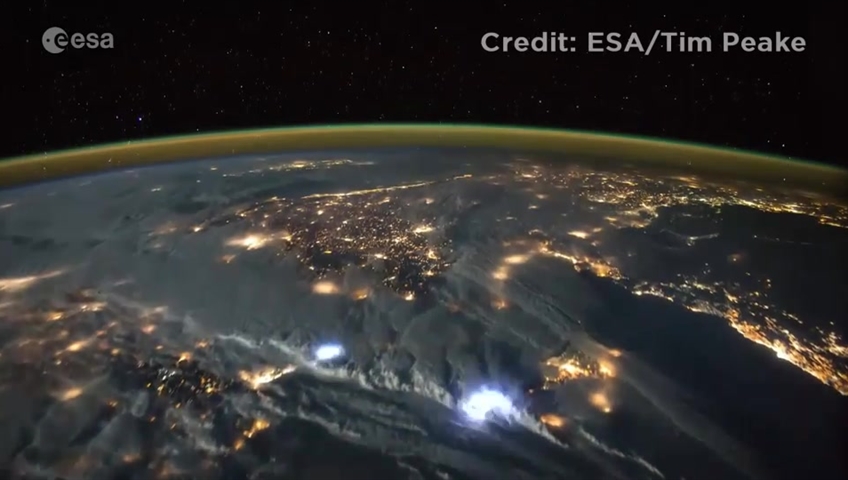New NASA data has concluded that the lightning capital of Earth is Lake Maracaibo, Venezuela, knocking Africa’s Congo Basin from the top spot.

The researchers used satellite data from the past 16 years, finding that Lake Maracaibo receives an average rate of 233 lightning flashes per square kilometre each year.
WATCH: Stunning timelapse video captures lightning storm in western Australia

The high lightning activity at Lake Maracaibo isn’t new to scientists: it is the largest lake in South America and, together with the breezes from nearby mountains, it helps to create plenty of thunderstorms annually — 297 nighttime storms on average, with September being the peak month.
It may seem hard to imagine, but each second there are about 100 lightning strikes across the globe, with each bolt producing about one billion volts of electricity.
Though the Congo Basin didn’t take the No. 1 position, Africa as a whole is the top continent for the most lightning hot spots, holding six of the top 10.
In Canada, the lightning capital is Windsor, Ont.
- Stuck in B.C. lagoon for weeks, killer whale calf is finally free
- Invasive strep: ‘Don’t wait’ to seek care, N.S. woman warns on long road to recovery
- T. Rex an intelligent tool-user and culture-builder? Not so fast, says new U of A research
- Nearly 200 fossil fuel, chemical lobbyists to join plastic treaty talks in Ottawa




Comments